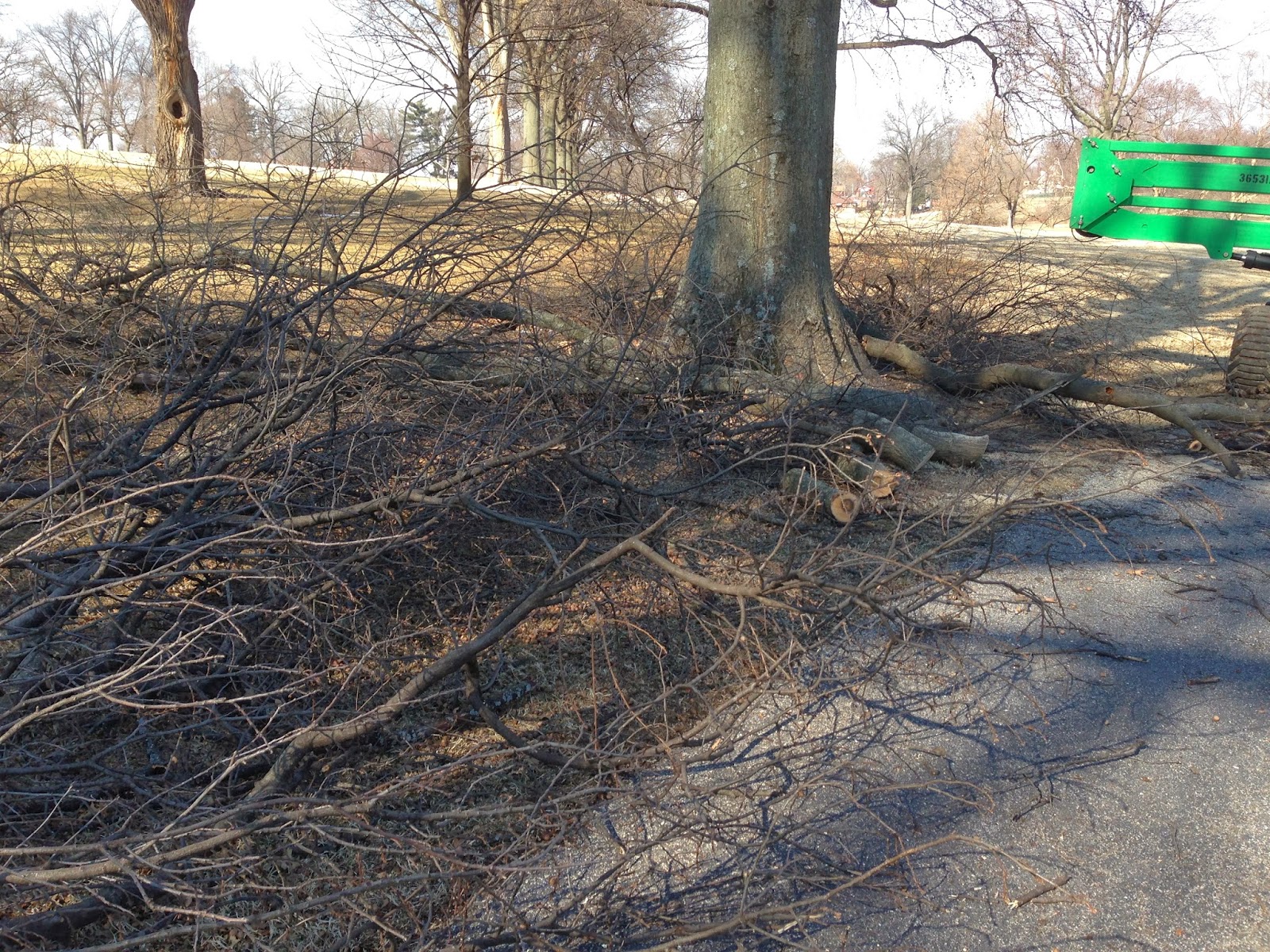As a manager of five very diverse group of properties over the last 24 years, some of the facilities have had very few trees near the main play areas and some properties have many trees including the current property Glen Echo. The one thing that sets Glen Echo apart is its age and historical significance to the game of golf in St. Louis and for that matter the United States.
The first thing you notice as you drive in from Lucas & Hunt and take the Marvin Pearson Lane through the course is the beauty of the trees. Once you observe the trees, your eyes then pan down to the playing surface of the sixth green. As you continue to drive toward the bridge that takes you across our four lake system, your neck stretches and eyes long for a view of the ribbons of grass fairways that make their way across the hills and valleys of this great golf club.
As superintendent, I've been tasked with the responsibility of managing all the property that our fine club owns. The 35 acres of greens, tees, and fairways are my main focus and we use at least 80% of our courses budget on this 25% of our total acreage.
During my time here as superintendent, I've attempted to be very conservative in my efforts regarding the removal of trees. A majority of the trees removed have been dead or near dead and hazardous. Less than 20% of the trees I've removed have been healthy trees and the only reason a majority of them were removed were to improve the lifeblood of our course, our golf greens. I believe there are many members of the club who want a balanced approach to a tree program.
Legitimate safety concerns, negative effects to the architectural integrity of the course and turf health are three things that I use to evaluate the removal of a tree. I also bring in outside assistance as needed. Our USGA agronomist last spring suggested to hard pruning of a couple of teeing ground trees instead of removal to provide the proper light for turf health but also keep into consideration the feelings of members about trees. This past fall, I brought in Kye Goalby who did a magnificent job with the architectural design and shaping of our new bunkers. I wanted his opinion regarding the effects on the architectural design of some trees that I thought were causing issues to some tee and green complexes. Some he agreed with, some he suggested I leave for another day and some he thought I should leave for someone else to fight the battle. I then made a presentation to the green committee who agreed with some of the recommendations but not all. As you can see, the removal of trees is not as simple as some might think. If a tree is a hazard, has died or damaged, a quick decision but all other situations are given very detailed thought and evaluation.
As a part of our discussions over the last few months, I've read posts from superintendents throughout the country and discussed with them how to manage a successful tree program. One of the most important components that they all stressed was a clear plan and a set of parameters to evaluate trees on property each and every year. This would be a committee approach involving club management, green committee, course architect and possibly an arborist to assist with tree health issues.
Most importantly in our tree management program is the care and upkeep of our trees on property. Timely pruning and pest control strategies are important in preventing the early removal of damaged or pest infected trees. Also, proper selection for the site and an expanded selection of trees are necessary to prevent total loss of species from pests like the Emerald Ash Borer.
In closing, I never believed grass was the end all be all of the world but as a golf course superintendent, I am judged and employed by having healthy and vibrant tees, greens and fairways for our membership and guests to enjoy.






























